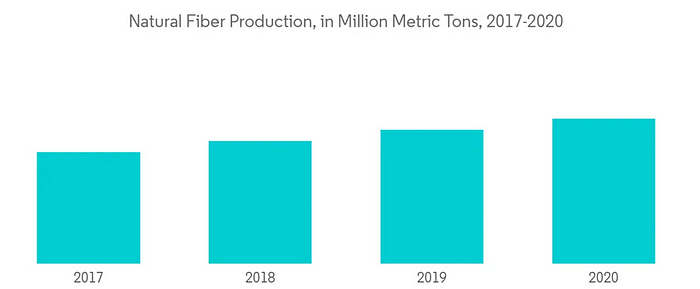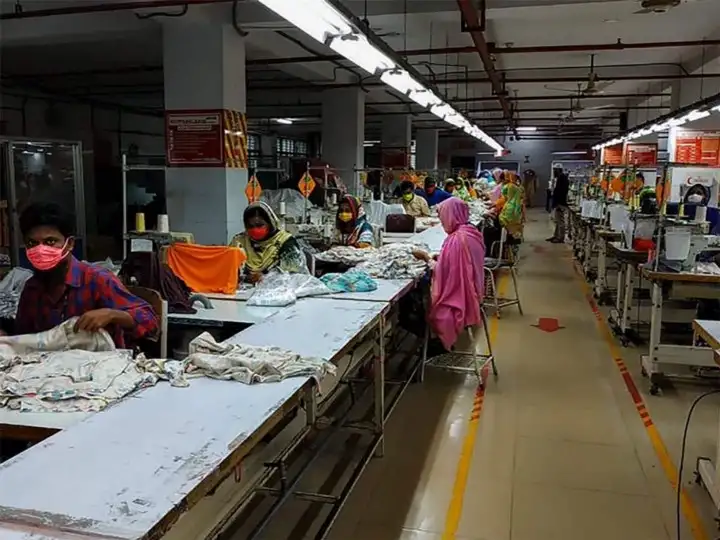For FY 2022, India had set an ambitious target of reaching $400 billion worth of merchandise goods, which was successfully surpassed last week. Achieved with more than ten days to spare, it was predicted that the country’s total exports would reach $410 billion by the end of this fiscal year today. In lieu of this extraordinary achievement that attests to the growth and potential of the industry, taking a closer look at the national and global trends within the textile industry might help predict what is to follow for all players in the upcoming fiscal year.
Current Scenario
Global Market Post-Pandemic
With most countries having eased their lockdowns, the textile industry is once again a rapidly growing market. With this rate of growth, the global textile market is expected to reach $1320.3 billion by 2030 from a measly $992.6 billion in 2021, expanding at a CAGR of 3.2% annually.
India, China, the United States, and the European Union are expected to be the key competitors driving this growth. As of now, India is the third-largest textile producing industry in the world, responsible for producing about 6% of the textiles globally, while the United States is the leading producer and exporter of raw cotton, as well as the top importer of raw textiles and garments. One of the main reasons for this growth is the increasing industrialization and evolving and efficient technology that enables the manufacturing of high quality textiles in a short amount of time.
Indian Market Post-Pandemic

India enjoys a comparative advantage in terms of skilled manpower and in cost of production relative to major textile producing countries. Currently, India’s textile industry has around 4.5 crore employed workers including 35.22 lakh handloom workers across the country. This is something that the government aims to capitalize on primarily with its Made in India initiative over the next two years. It is also seeking funding and providing machinery sponsoring to key players in the industry. With these initiatives, the future looks promising, buoyed by strong domestic consumption as well as export demand. The entry of major international players like Marks & Spencer, Guess, and Next into the Indian market has also created a huge domestic market that will eventually boost growth.
What’s Next
Increased Demand for Natural Fibers

Natural fibers are obtained from plants and animals and include cotton, silk, hemp, jute, cashmere, linen, and wool. Comparatively lighter and stronger than conventional fibers, they find extensive use in the automotive industry for interior and exterior applications. They are also finding increased use in the manufacturing of garments, apparel, construction material, and medical dressings. With the abundance of natural fibers in India, China, and the United States, there is a strong possibility that their demand will drive the growth of the textile industry in the upcoming year.
Move Towards Non-Woven Fabrics

Non-woven fabrics include fabrics used for hygiene products such as baby diapers and sanitary napkins, which over the last couple of years, have witnessed an increased demand. They are also used in road construction in the form of geotextiles to increase road durability. Low maintenance costs associated with them also fuel their demand in construction applications. The automobile industry also uses them in the interior and exterior parts. The increasing integration of technical textiles in the country will further boost the market in the country.
